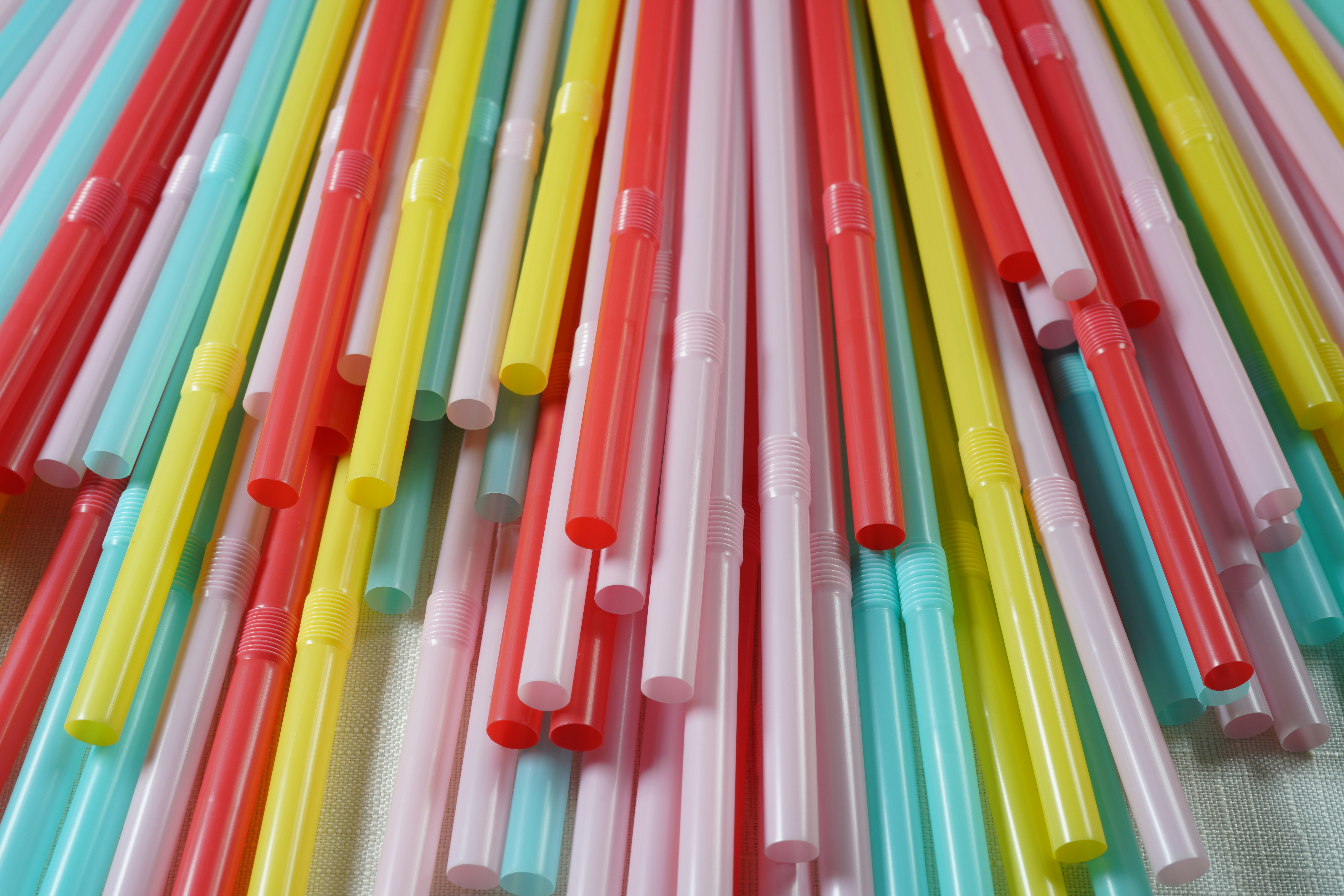By Anna Lexxy Mbucho
Straws made of plastic present serious environmental problems since they damage ecosystems and increase pollutants. Straws made of plastic are a typical type of marine detritus. They frequently wind up in the water, where they partially degrade into smaller particles but still cause microplastic contamination. Plastic straws can be mistaken for food by marine creatures like fish, sea turtles, and birds. These straws can cause internal damage, hunger, or choking. Straws have the potential to harm or even kill marine life by tangles.
Plastics derived from petroleum are used to make plastic straws, which do not biodegrade. Rather, they disintegrate into tiny pieces over time and endure for hundreds of years in the environment. Because plastic straws degrade so quickly, their effects on ecosystems and species persist even after they are thrown away. Plastic straw production requires petroleum, a limited resource. The mining and processing of petroleum lead to emissions of greenhouse gases and environmental deterioration.
Plastic straws’ environmental impact is further increased by the energy-intensive methods used in their manufacturing. Due to incorrect disposal, plastic straws frequently wind up in landfills where they take up space and exacerbate the already severe problem of waste overflow. Because of their small size and composition, plastic straws are challenging to recycle and are frequently inappropriate for conventional recycling procedures.
Plastic straws, along with other plastic waste, contribute to visual pollution in natural landscapes and urban areas. This affects the aesthetic value of environments and can diminish public enjoyment of natural spaces. The accumulation of plastic straws and other debris can disrupt natural habitats and ecosystems. For example, they can affect the health of coral reefs and other marine environments.
Microplastics are small plastic particles that degrade over time and can be consumed by marine life and make their way up the food chain. This is what happens to plastic straws. Both humans and wildlife may suffer negative health consequences. Plastic straws can emit dangerous chemicals into the environment during their degradation, which could contaminate water supplies and endanger human and wildlife health.
There are a few things that may be done to lessen the environmental damage that plastic straws cause. Use reusable or biodegradable straws instead, including glass, metal, bamboo, or paper ones. Encourage and support laws that outlaw single-use plastics, such as straws. To handle plastic trash more efficiently, encourage improved recycling procedures and infrastructure. Additionally, inform the public about the negative environmental effects of plastic straws and support sustainable activities.
Plastic straws are a significant environmental concern due to their contribution to marine pollution, persistence in the environment, and negative impact on wildlife and ecosystems. Adopting alternatives and supporting measures to reduce plastic waste can help mitigate their harmful effects and promote a healthier planet.

